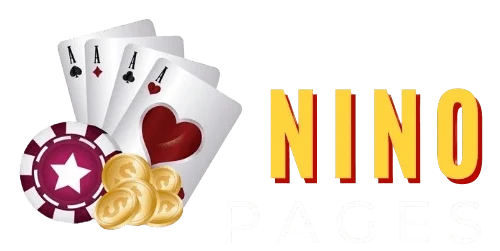Sony’s PlayStation and PSP platforms have redefined the way we experience games. With a focus on powerful hardware and developer-friendly ecosystems, Sony has enabled some of the best games to be created, both for the living room and for on-the-go play. The PlayStation line introduced many iconic franchises, while the PSP took that experience mobile without sacrificing depth or quality.
The PlayStation ecosystem has always prioritized diversity in its game library. From the cinematic action of “The Last of Us” to the open-world freedom of “Spider-Man,” PlayStation games offer something for every kind of gamer. What sets these titles apart is the polish and depth that go into every aspect of the experience. From fluid gameplay mechanics to emotionally monaco99 resonant storylines, the best PlayStation games are often benchmarks for their genre.
The PSP brought many of those same values to a smaller form factor. When it launched, it set a new standard for what handheld gaming could be. The PSP wasn’t just a novelty—it was a full-fledged gaming machine. Games like “Resistance: Retribution,” “Patapon,” and “Gran Turismo” showed off the handheld’s capabilities. These PSP games were not watered-down versions of console hits—they were original titles crafted with care and ambition, offering gameplay that was both satisfying and accessible.
Sony’s dedication to quality across its platforms allowed players to seamlessly transition from their PlayStation console to their PSP without missing a beat. The ability to enjoy deep, complex games anywhere and at any time was a game-changer. Whether you were navigating a richly detailed city in a PlayStation game or commanding an army in a PSP title, the experience felt complete and rewarding. That kind of consistent excellence is rare in gaming and speaks volumes about Sony’s vision.
Even today, the best games from the PlayStation and PSP libraries are remembered fondly and frequently replayed. They’ve become symbols of a time when game design focused equally on fun, storytelling, and innovation. These platforms didn’t just support great games—they helped create a generation of gamers who expect more from the medium.
